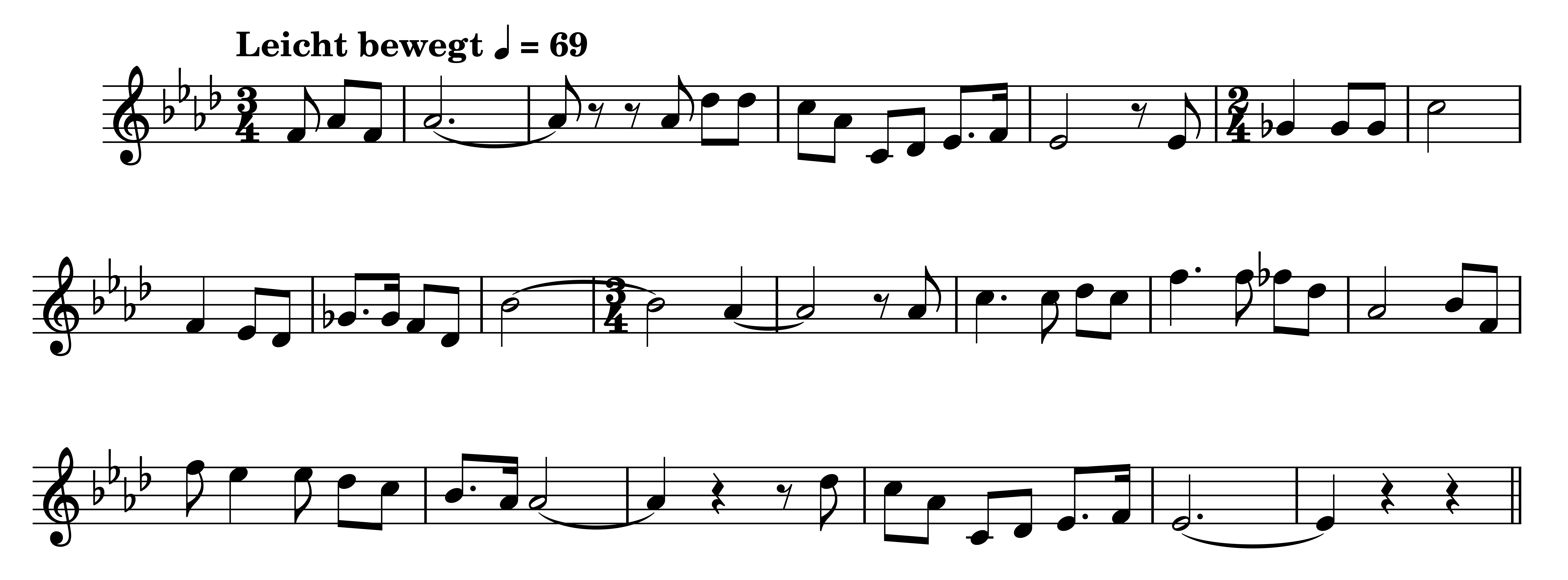Irregular Resolutions in Harmony
129 Sight Singing Final Exam: What to Expect
What Sight Singing Exams Test
In a sight singing final exam, students must demonstrate mastery of musicianship at the undergraduate level.
Sight singing exams typically contain several components, including elements of music, sightreading skills, and prepared examples in both diatonic and post-tonal language.
1. Examples: Elements
Be prepared to sing:
(a) Any simple interval, ascending or descending, from a given starting pitch. Sing using the recommended solfege from earlier chapters.
(b) Any of the modal scales, ascending or descending, from a given starting pitch. Sing using the recommended solfege.
(c) Chromatic, whole tone, whole-half octatonic, and half-whole octatonic scales, ascending or descending, from a given starting pitch. Do not attempt to use solfege for this.
(d) Neapolitan chords and augmented sixth chords, ascending, from a given starting pitch. Sing using solfege.
(e) All trichords and tetrachords previously studied, in ascending motion, from a given starting pitch. Sing using numbers to express pitch classes.
2. Sightreading
A tonic triad and starting pitch will be given. You will have a minute to prepare before performing. Conduct and sing using solfege.
3. Examples: Prepared Excerpts
You should expect to sing both diatonic and post-tonal prepared examples.
Diatonic Example:
Conduct and sing using solfege. At the asterisk, switch to the solfege of the new key.
Johannes Brahms, Fünf Lieder Op. 105, I., “Wie Melodien zieht es mir”

Post-Tonal Example:
Conduct and sing on “la.”
Alban Berg, Sieben Frühe Lieder, V.

Tips for Success
- Practice the elements and prepared examples with scrupulous accuracy, including metronome and drone practice.
- An excerpt like the Brahms example above demands special care, because there are so many tricky aspects.
- First, try practicing with rhythm only (use the syllable “Tah”) while you conduct energetically.
- Second, conduct and say the solfege without pitch. This will prevent you from getting “tongue-tied” over the syllables under pressure.
- Third, add in the pitches and sing the excerpt for real, taking especial care over the modulation.
- Struggling with the chromaticisms? Treat them as stepping stones to the real “goal” of the phrase – the diatonic pitches that come after the chromaticisms. The chromatic note is a decoration and doesn’t disrupt the overall diatonic harmony. A gesture such as ri-mi is typical of Brahms’s style.
- An excerpt like the Berg example above is technically atonal, but could be interpreted as having a kind of non-functional diatonicism.
- Find familiar intervallic patterns to latch onto. These will help you negotiate some of the tricky passages.

